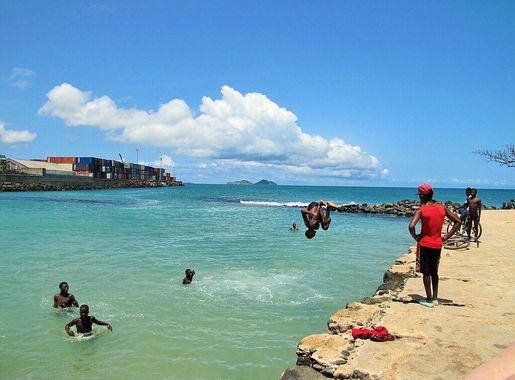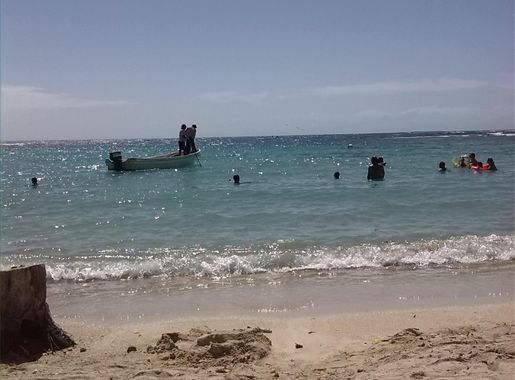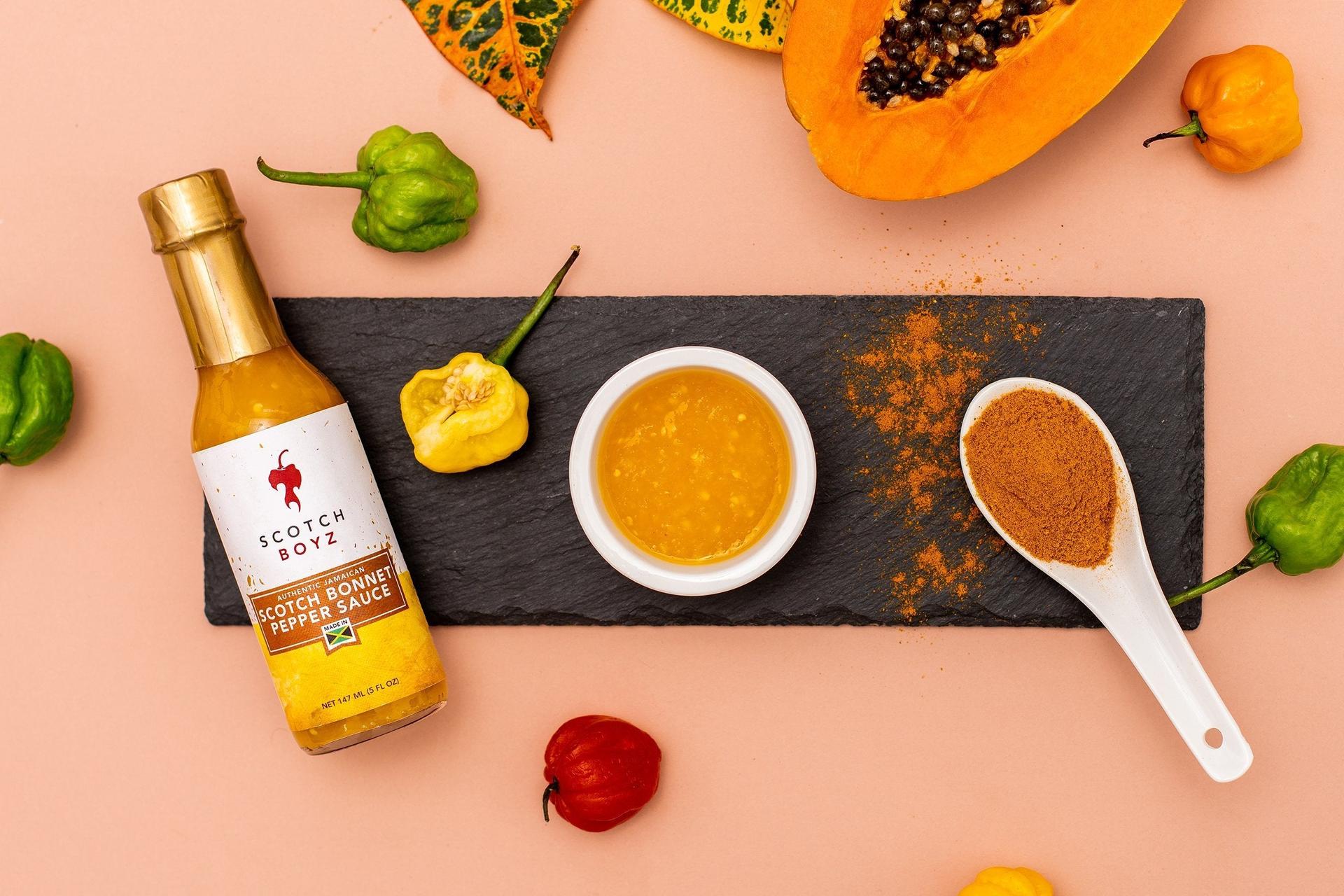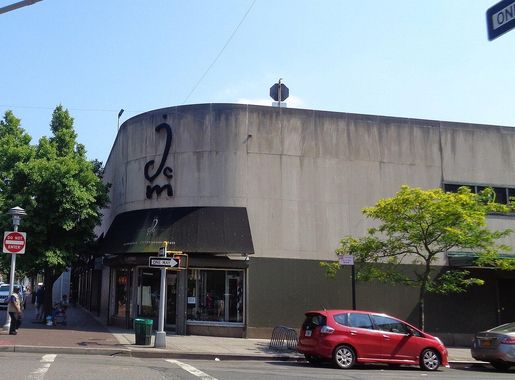
Portmore: The Pulse of Jamaica's Urban Life
Discover Portmore, Jamaica: A vibrant city where urban life meets coastal beauty, offering golden beaches, rich culture, and unforgettable local cuisine.
Portmore, located in the southeastern coast of Jamaica, is a vibrant city known for its lush landscapes and coastal beauty. This bustling urban area is often referred to as the 'Sunshine City' due to its warm climate and friendly atmosphere. It offers a unique blend of urban energy and natural charm, making it a fascinating destination for tourists seeking to experience the authentic rhythm of Jamaican life. One of the main attractions in Portmore is the Hellshire Beach, famous for its golden sands and mouth-watering seafood, particularly the fried fish and festivals. It is a perfect spot for sunbathing, swimming, and enjoying the local cuisine. Nearby, the Hellshire Hills provide an excellent opportunity for hiking and exploring the natural beauty of the region. For those interested in history and culture, Fort Clarence Beach and its adjacent historic sites offer a glimpse into Jamaica's colonial past. The Portmore Mall is a hub of activity, providing a range of shopping and dining experiences that cater to both locals and visitors. Additionally, the city is home to several vibrant music and dance venues where you can enjoy authentic reggae and dancehall performances. Portmore is also known for its bustling markets and street vendors, where you can find a variety of local crafts, fresh produce, and traditional Jamaican dishes. The city’s lively festivals, such as the Portmore Festival, showcase the rich cultural heritage and community spirit of the area. Whether you are looking to relax on the beach, explore historical sites, or immerse yourself in local culture, Portmore has something for every traveler.
Local tips in Portmore
- Visit Hellshire Beach early in the morning to avoid the crowds and secure a good spot.
- Try the local delicacy, fried fish with festivals, at one of the beachside shacks at Hellshire Beach.
- Bring cash for shopping at local markets and street vendors, as many do not accept cards.
- Wear comfortable shoes for exploring the Hellshire Hills and other natural attractions.
- Check out the local music and dance venues to experience authentic reggae and dancehall performances.
- Participate in local festivals to get a true sense of the community spirit and cultural heritage.
Portmore: The Pulse of Jamaica's Urban Life
Portmore, located in the southeastern coast of Jamaica, is a vibrant city known for its lush landscapes and coastal beauty. This bustling urban area is often referred to as the 'Sunshine City' due to its warm climate and friendly atmosphere. It offers a unique blend of urban energy and natural charm, making it a fascinating destination for tourists seeking to experience the authentic rhythm of Jamaican life. One of the main attractions in Portmore is the Hellshire Beach, famous for its golden sands and mouth-watering seafood, particularly the fried fish and festivals. It is a perfect spot for sunbathing, swimming, and enjoying the local cuisine. Nearby, the Hellshire Hills provide an excellent opportunity for hiking and exploring the natural beauty of the region. For those interested in history and culture, Fort Clarence Beach and its adjacent historic sites offer a glimpse into Jamaica's colonial past. The Portmore Mall is a hub of activity, providing a range of shopping and dining experiences that cater to both locals and visitors. Additionally, the city is home to several vibrant music and dance venues where you can enjoy authentic reggae and dancehall performances. Portmore is also known for its bustling markets and street vendors, where you can find a variety of local crafts, fresh produce, and traditional Jamaican dishes. The city’s lively festivals, such as the Portmore Festival, showcase the rich cultural heritage and community spirit of the area. Whether you are looking to relax on the beach, explore historical sites, or immerse yourself in local culture, Portmore has something for every traveler.
When is the best time to go to Portmore?
Iconic landmarks you can’t miss
Portmore Mall
Discover the vibrant shopping scene at Portmore Mall, a premier destination for retail therapy and local cuisine in Jamaica.
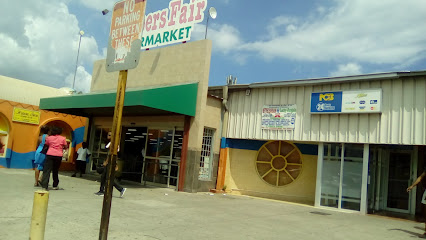
Sovereign Village
Explore Sovereign Village in Portmore, Jamaica – your ultimate shopping destination featuring diverse stores, delightful dining, and vibrant entertainment.
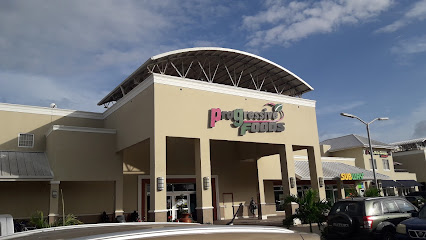
Hellshire Beach
Discover the beauty and vibrant culture of Hellshire Beach, Jamaica's coastal paradise known for its stunning scenery and delicious seafood.
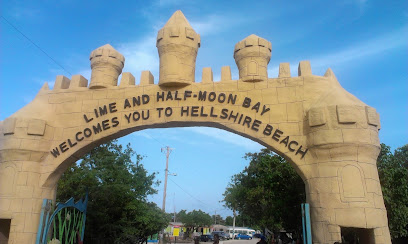
Waves Beach
Discover the vibrant flavors of the Caribbean at Waves Beach, a premier seafood restaurant and bar with breathtaking ocean views.
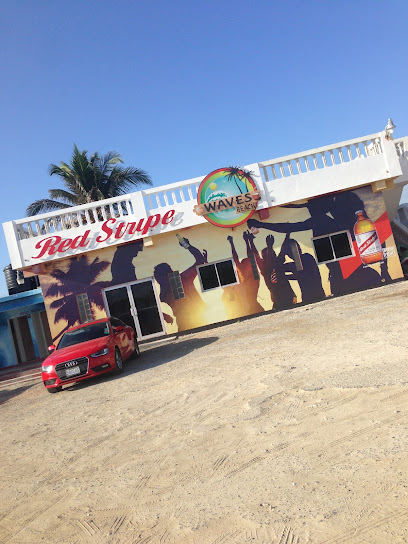
Buzzers Gaming Arcade
Experience the excitement of Buzzers Gaming Arcade in Portmore, Jamaica – a paradise for gamers with a vast selection of video games and friendly competition.
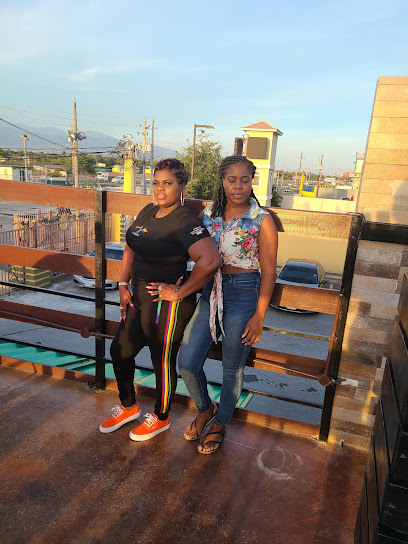
Fort Clarence Beach
Discover the serene beauty and vibrant atmosphere of Fort Clarence Beach, a perfect getaway for relaxation and adventure in Jamaica.
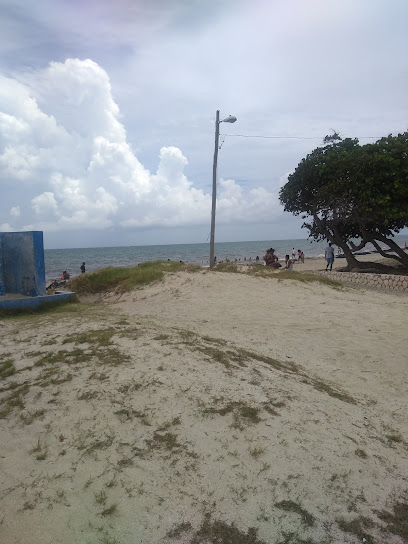
Sunshine Palace Cinema
Discover the ultimate movie experience at Sunshine Palace Cinema, where the latest films meet comfort and entertainment in Portmore, Jamaica.
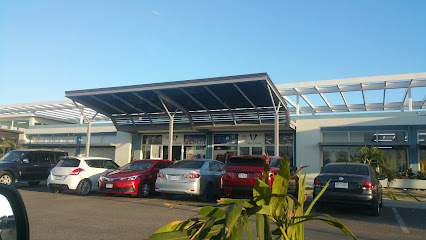
Ken's Wildflower
Experience the vibrant nightlife at Ken's Wildflower in Portmore, where locals and tourists gather for delicious drinks and unforgettable moments.
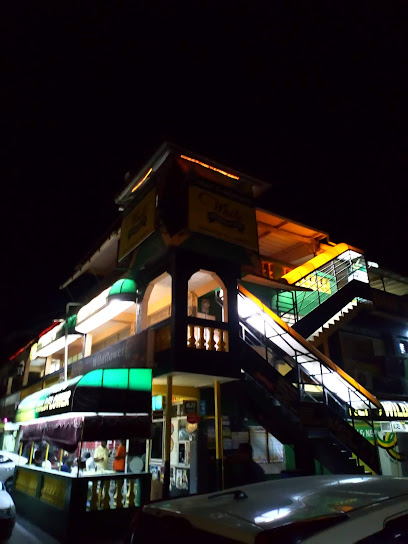
Boardwalk beach
Experience the tranquil beauty of Boardwalk Beach in Jamaica, where soft sands meet crystal-clear waters for the perfect getaway.
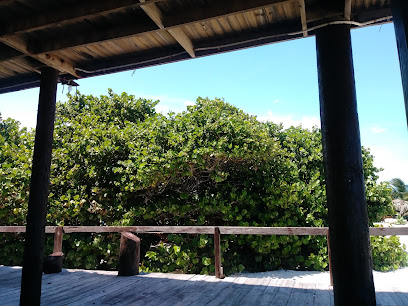
Travelr Taxi Service PORTMORE
Discover Jamaica effortlessly with Travelr Taxi Service, your reliable partner for airport shuttles and local tours in Portmore.
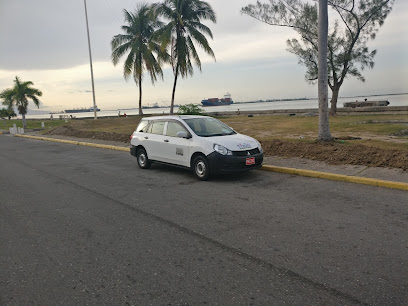
V.O.D.A Lounge
Discover the lively atmosphere, delicious cuisine, and vibrant nightlife at V.O.D.A Lounge in Portmore, Jamaica.
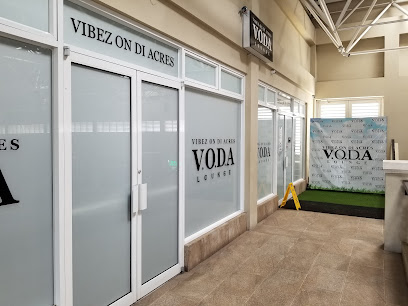
Caymanas River
Experience the natural beauty and tranquility of Caymanas River in Portmore, Jamaica, a perfect destination for relaxation and outdoor adventures.
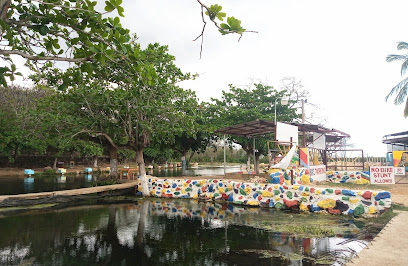
Rodney's Lookout
Explore the historical significance and breathtaking views at Rodney's Lookout, a must-visit destination in Portmore, Jamaica.

The Auracle Salon
Discover beauty at The Auracle Salon in Portmore, specializing in eyelash extensions and permanent makeup for a stunning transformation.
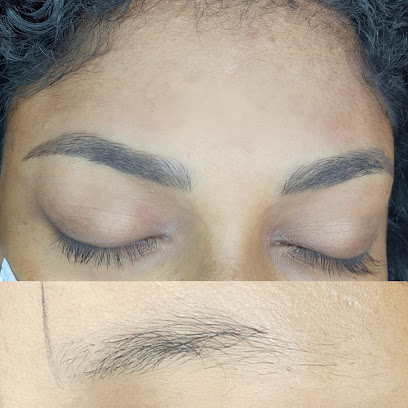
First Iron Bridge In The Caribbean
Explore the First Iron Bridge in the Caribbean, a historic landmark in Spanish Town that showcases remarkable engineering and rich cultural heritage.
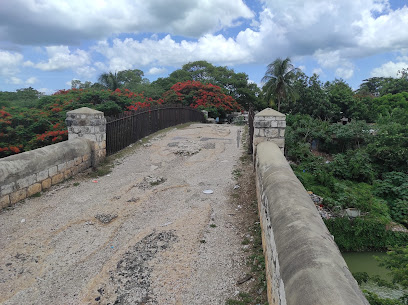
Unmissable attractions to see
Emancipation Park
Discover the beauty and history of Emancipation Park, a serene oasis in Kingston featuring lush gardens, sculptures, and a vibrant cultural atmosphere.
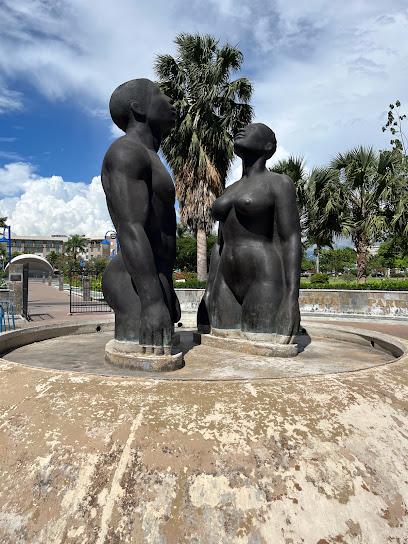
Bob Marley Museum
Discover the rich legacy of Bob Marley at the museum dedicated to his life, music, and impact on reggae culture in Kingston, Jamaica.
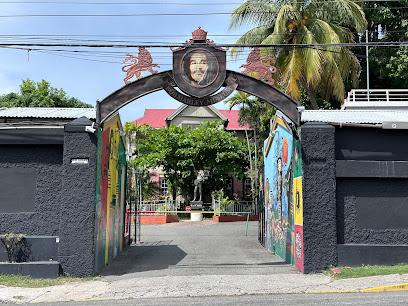
Hope Botanical Gardens
Explore the lush landscapes and vibrant flora of Hope Botanical Gardens, Kingston's serene oasis in the heart of Jamaica.
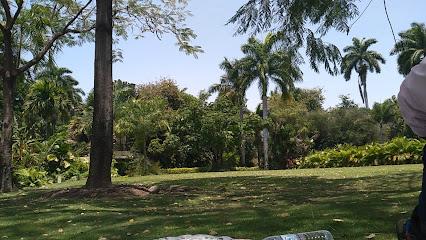
Saint William Grant Park
Discover the lush beauty and vibrant culture of Saint William Grant Park in Kingston, a perfect escape for tourists seeking tranquility and local charm.
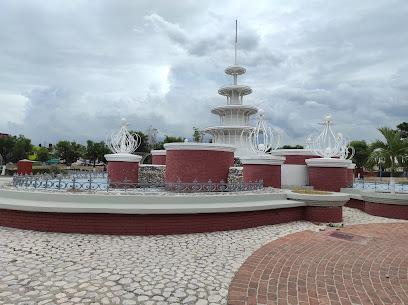
Independence Park
Discover the vibrant heart of Kingston at Independence Park, a hub of sports, culture, and history in Jamaica.
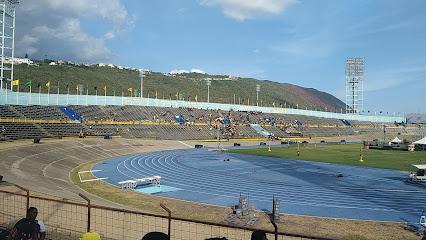
Blue Mountains National Park
Explore the breathtaking beauty of Blue Mountains National Park, a UNESCO World Heritage site in Jamaica, rich in biodiversity and adventure.
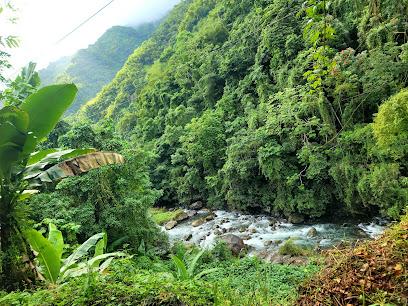
Buzzers Gaming Arcade
Explore the electrifying Buzzers Gaming Arcade in Portmore, Jamaica, where fun meets competition in an ultimate gaming experience.
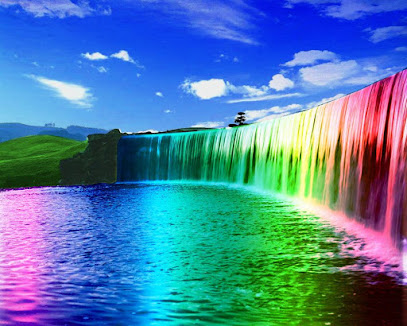
Castleton Botanical Gardens
Discover the vibrant beauty of Castleton Botanical Gardens, a tropical oasis showcasing Jamaica's diverse flora in a serene and picturesque setting.

Caymanas Park
Discover the excitement of horse racing and the beauty of nature at Caymanas Park, a premier destination for outdoor enthusiasts in Portmore, Jamaica.
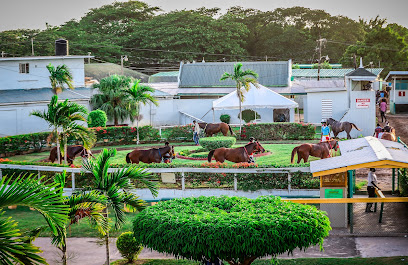
National Heroes Park
Discover the lush landscapes and historical significance of National Heroes Park, a tranquil haven in the heart of Kingston, Jamaica.
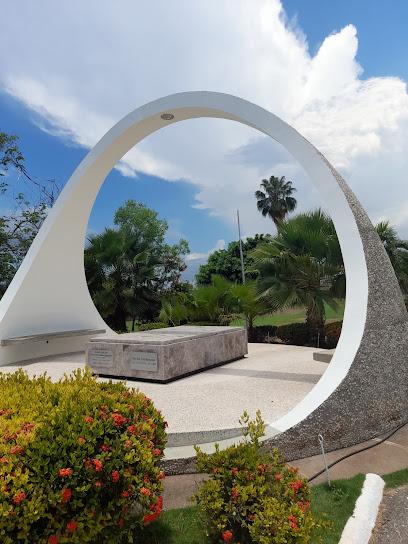
DaCosta Farm and Attraction
Experience the thrill of paintball, splash in the water park, and savor delicious meals at DaCosta Farm and Attraction in Spanish Town, Jamaica.
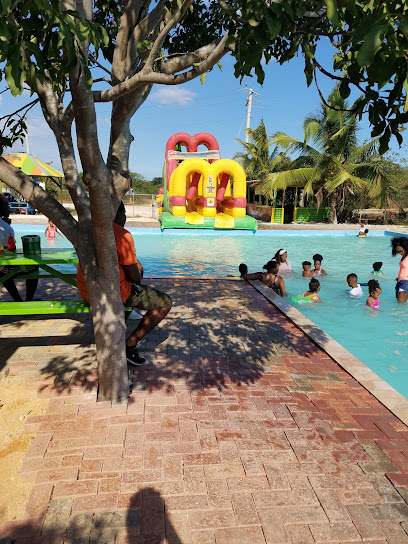
National Gallery of Jamaica
Discover the vibrant history and artistry of Jamaica at the National Gallery, a must-visit cultural destination in Kingston, showcasing local and international talent.

Club Kingston - VIP Airport Lounge / VIP Attractions
Experience the ultimate relaxation at Club Kingston, the premier VIP lounge in Kingston's Norman Manley International Airport, where comfort meets luxury.
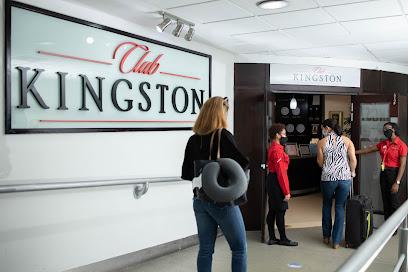
Jamaica National Stadium
Explore the Jamaica National Stadium, a vibrant venue in Kingston celebrating sports and culture, showcasing Jamaica's athletic prowess and rich heritage.
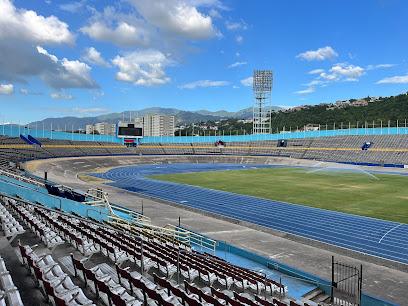
Kingston Dub Club
Discover the vibrant rhythms of reggae at Kingston Dub Club, where stunning views meet Jamaica's rich musical heritage in an unforgettable experience.
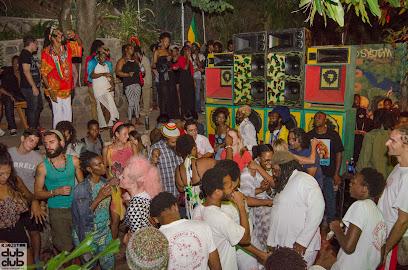
Essential places to dine
Jolly's Restaurant
Experience authentic Jamaican cuisine with stunning ocean views at Jolly's Restaurant in Portmore.
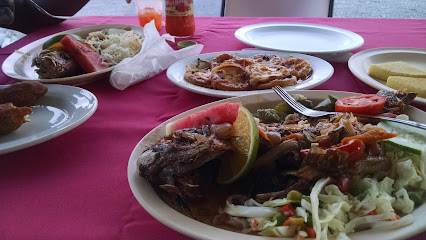
Waves Beach
Experience fresh seafood and breathtaking ocean views at Waves Beach, Kingston's premier destination for coastal dining.

Island Grill
Savor authentic Jamaican fast food at Island Grill in Portmore – where flavor meets convenience!

The Jungle Fiah Buffet Restaurant
Experience the vibrant flavors of Jamaica at The Jungle Fiah Buffet Restaurant in Portmore – where every meal is a celebration!
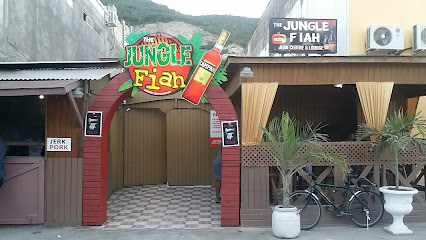
Tai Xing Garden Restaurant
Experience authentic Jamaican cuisine at Tai Xing Garden Restaurant - where tradition meets flavor in Greater Portmore.
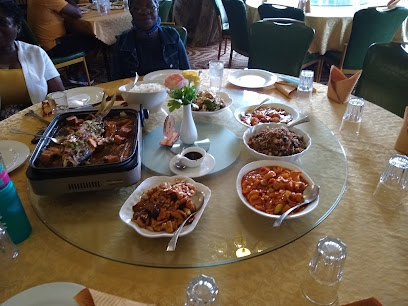
Di Dragon Restaurant
Experience the vibrant flavors of Jamaica at Di Dragon Restaurant in Portmore - where every dish tells a story.
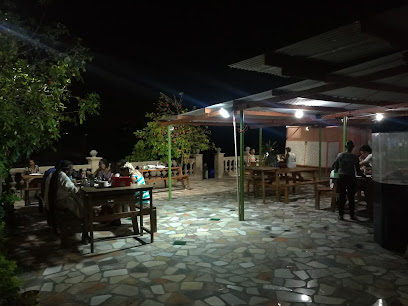
The Office Sports Bar And Lounge
Experience vibrant nightlife at The Office Sports Bar And Lounge in Portmore - where great food meets exciting entertainment!
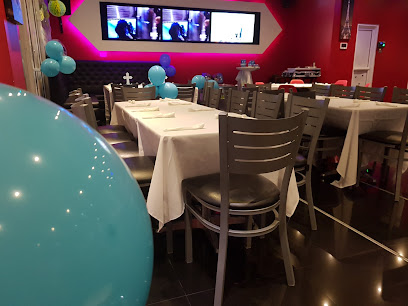
Andre's Seafood
Experience authentic Jamaican seafood at Andre's Seafood in Portmore - where flavor meets coastal charm.
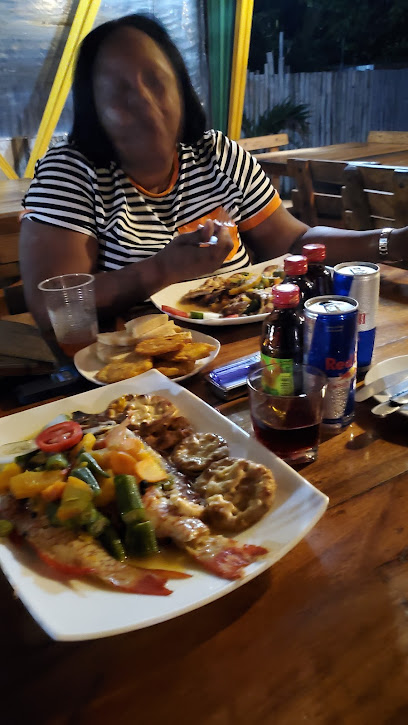
JavNick Restaurant
Discover authentic Jamaican cuisine at JavNick Restaurant in Portmore - where flavor meets hospitality in a vibrant atmosphere.
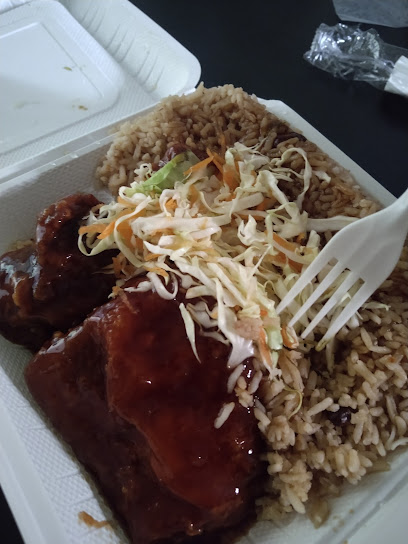
Satiable Delights Cafe
Discover the culinary delights at Satiable Delights Cafe in Portmore - where every meal is an experience of flavor and comfort.
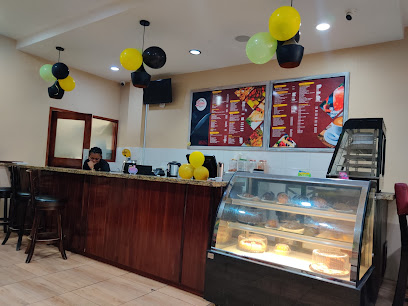
Lucky Crab Seafood Bar & Grill - Portmore
Discover delightful seafood dishes at Lucky Crab Seafood Bar & Grill in Portmore – where fresh flavors meet family fun!
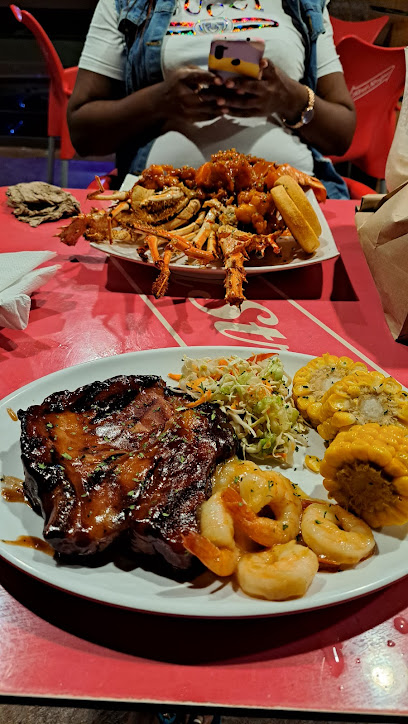
V.O.D.A Lounge
Experience modern Jamaican dining at V.O.D.A Lounge in Portmore—where exquisite flavors meet vibrant nightlife.
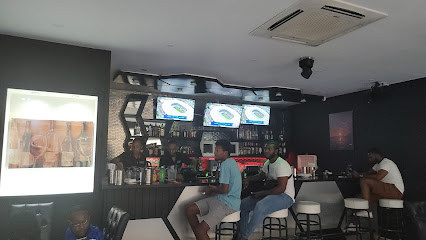
The Jungle Fiah Restaurant (buffet-style)
Experience authentic Caribbean cuisine at The Jungle Fiah Restaurant—where every meal is a celebration of flavor and hospitality.
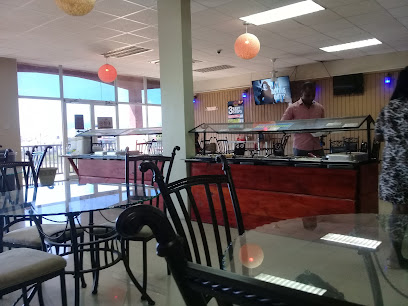
Little Tokyo Restaurant
Experience the essence of Japan at Little Tokyo Restaurant in Portmore - where flavor meets affordability in every bite.
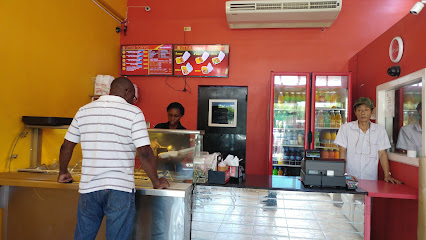
876 Terrace Bar And Grill Portmore
Experience authentic Jamaican cuisine at 876 Terrace Bar And Grill in Portmore—where every dish tells a story of flavor and tradition.
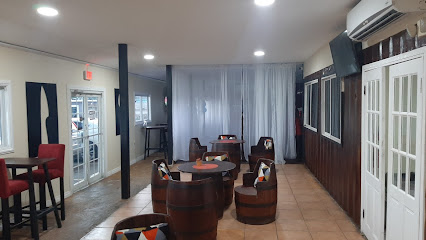
Markets, malls and hidden boutiques
Portmore Mall
Explore Portmore Mall, Jamaica's vibrant shopping destination with diverse stores, delicious cuisine, and entertainment options for all visitors.
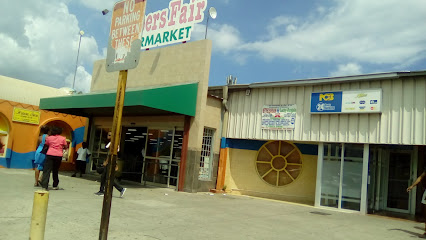
Sovereign Village
Discover the vibrant shopping experience at Sovereign Village in Portmore, Jamaica, featuring diverse shops, delicious dining, and entertainment for all.
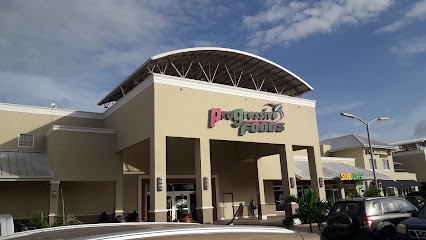
Portmore Pines Plaza
Experience shopping, dining, and entertainment at Portmore Pines Plaza in Jamaica, a vibrant hub for locals and tourists alike.

Mega Mart
Explore the flavors of Jamaica at Mega Mart, the ultimate grocery store for tourists in Portmore, offering local and international products.
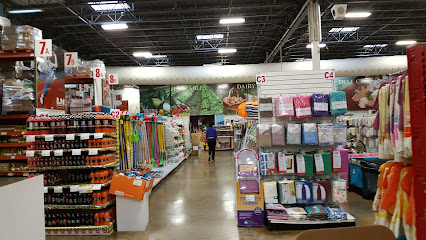
Progressive Foods Supermarket
Discover the vibrant flavors and local products at Progressive Foods Supermarket, the heart of shopping in Portmore, Jamaica.
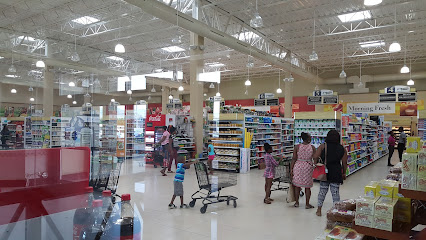
Joong Supermarket & Wholesale
Discover the heart of Jamaican culture at Joong Supermarket & Wholesale, where local flavors and vibrant shopping await.
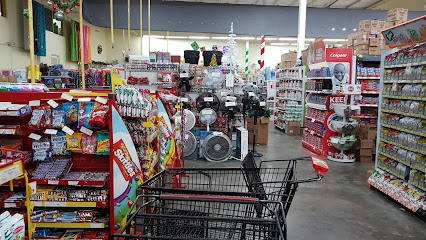
Shoppers Fair Supermarkets - Portmore Mall
Discover local flavors and vibrant shopping at Shoppers Fair Supermarkets in Portmore Mall, your gateway to authentic Jamaican products.
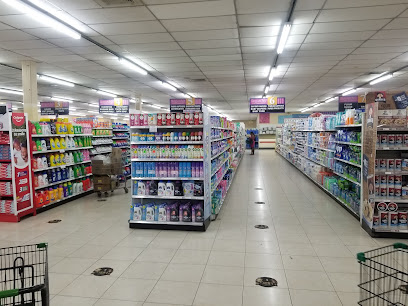
Portmore Town Centre
Discover the vibrant shopping and dining experience at Portmore Town Centre, Jamaica's lively hub for local culture and retail therapy.
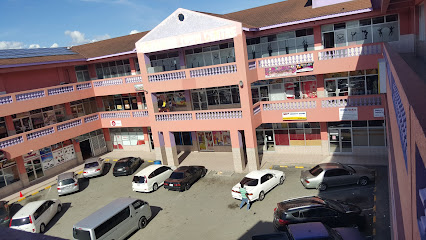
Maxie Stores Portmore
Explore a vibrant shopping experience at Maxie Stores Portmore, where fashion meets local culture in a charming department store.
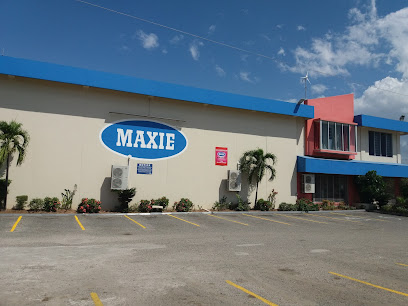
Kingston Bookshop, Portmore
Explore the literary heart of Portmore at Kingston Bookshop, where every book tells a story waiting to be discovered.
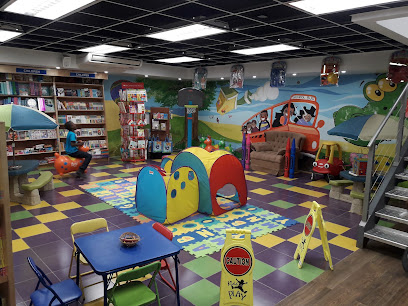
Jonadevs Elite Gifts Services Co Ltd
Explore unique Jamaican gift baskets at Jonadevs Elite Gifts Services Co Ltd, where exceptional service meets unforgettable keepsakes.
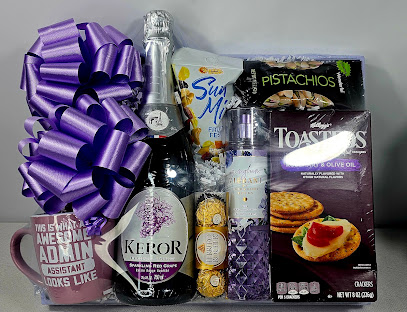
Sangster's Book Store
Discover the literary treasures of Sangster's Book Store in Portmore, where every book tells a story and every visit is an adventure.
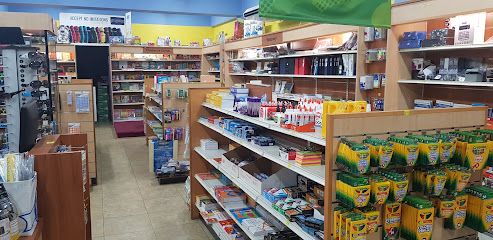
M3 Department Store
Explore M3 Department Store in Portmore for a unique shopping experience featuring a diverse range of products at great prices.
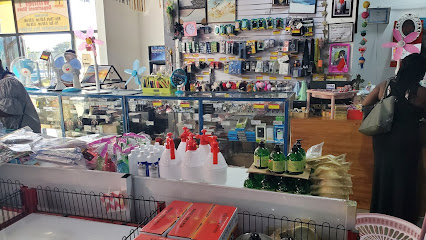
JACANA Portmore
Explore JACANA Portmore, the ultimate cannabis store in Jamaica offering quality products and a welcoming rooftop experience.
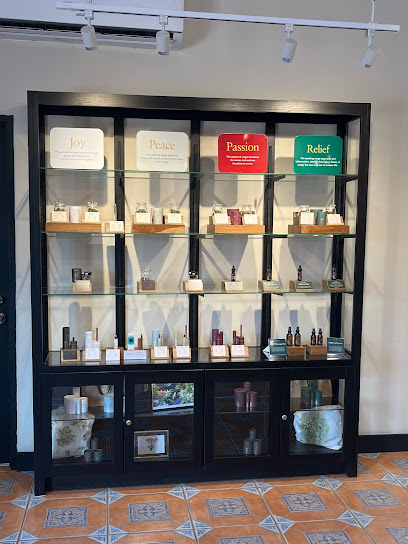
Electroville Limited
Electroville Limited in Portmore: Your one-stop shop for the latest electronics and gadgets in Jamaica.
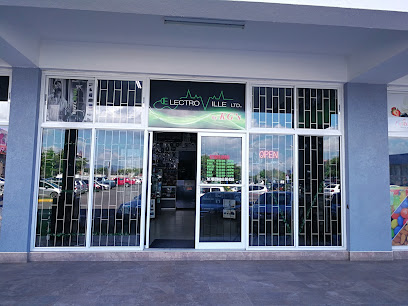
Essential bars & hidden hideouts
Waves Beach
Experience the taste of the sea at Waves Beach, where fresh seafood meets stunning ocean views for an unforgettable dining experience.
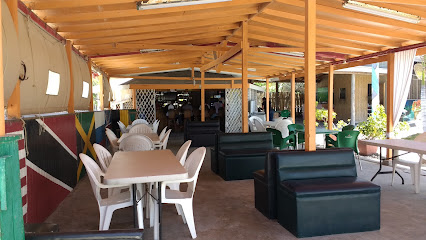
Timber Lounge
Experience the vibrant sports culture of Jamaica at Timber Lounge, Portmore's premier destination for food, drinks, and live games.
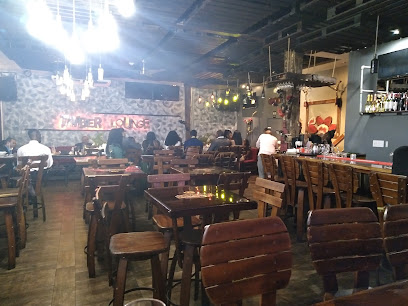
The Office Sports Bar And Lounge
Discover the lively blend of great food, drinks, and sports at The Office Sports Bar and Lounge in Portmore, Jamaica.
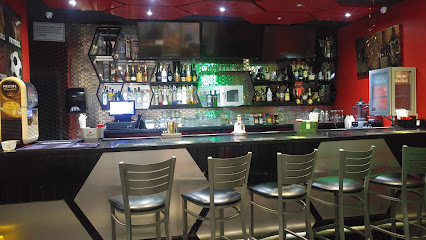
Beer Grillz
Experience the best of Jamaican grilling at Beer Grillz in Portmore, where local flavors meet vibrant atmosphere for an unforgettable dining experience.
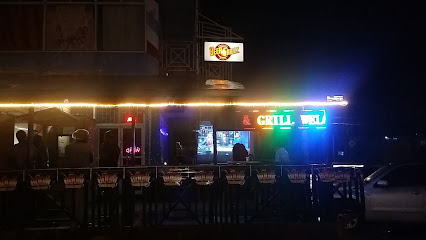
V.O.D.A Lounge
Experience the vibrant flavors and stylish ambiance at V.O.D.A Lounge, Portmore's premier dining destination for locals and tourists alike.
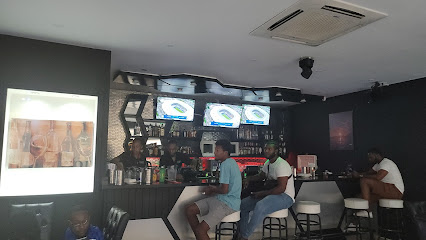
876 Terrace Bar And Grill Portmore
Discover the vibrant flavors of Jamaica at 876 Terrace Bar And Grill, where delicious food meets a lively atmosphere in Portmore.
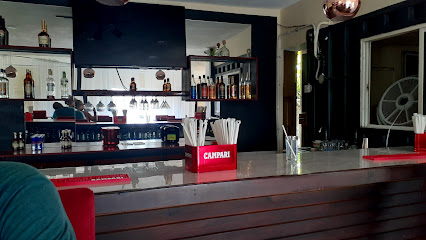
Lipstick Pub
Discover the vibrant nightlife at Lipstick Pub in Portmore, where cocktails and local culture come together for an unforgettable experience.
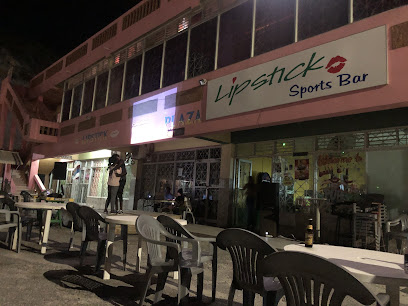
Clique Bar
Experience the vibrant energy of Clique Bar in Portmore, where delicious cuisine meets exciting entertainment in a lively atmosphere.
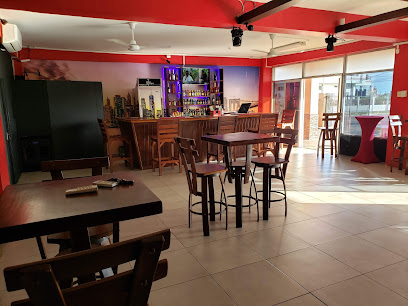
Amigos Bar And Eatery
Explore the vibrant atmosphere and authentic Jamaican cuisine at Amigos Bar And Eatery in Portmore, where every meal is a celebration of local flavors.
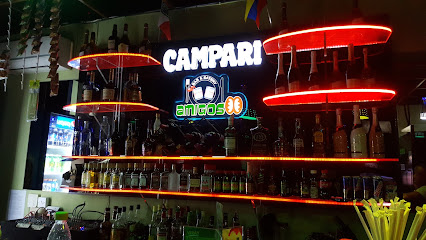
Blush Sports Bar
Experience the vibrant nightlife of Portmore at Blush Sports Bar, where delicious drinks and great company come together.
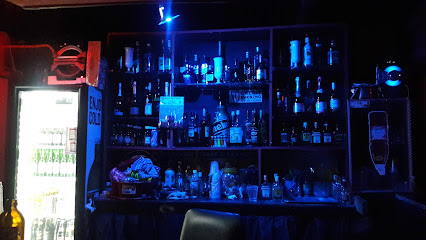
EndzZone Sports Bar and Grill
Experience the lively atmosphere of EndzZone Sports Bar and Grill in Portmore, where delicious food meets thrilling sports entertainment.
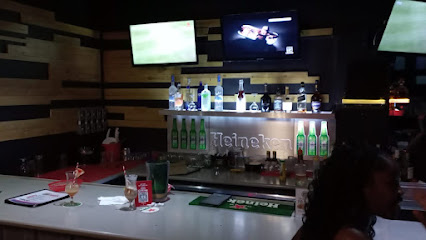
Stone Edge Pub
Experience the vibrant nightlife of Portmore at Stone Edge Pub, a local favorite for drinks, live music, and a friendly atmosphere.
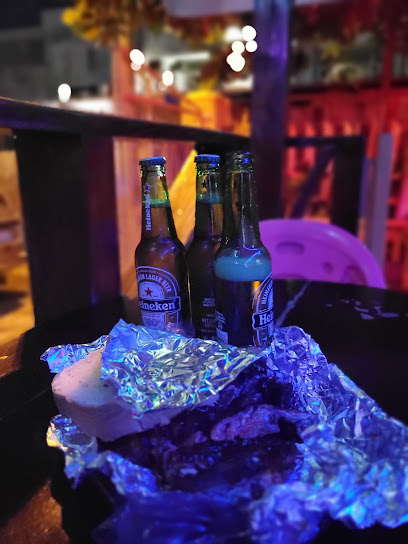
24 Hour Bar
Experience the lively nightlife of Portmore at the 24 Hour Bar, where culture, music, and camaraderie blend for an unforgettable evening.
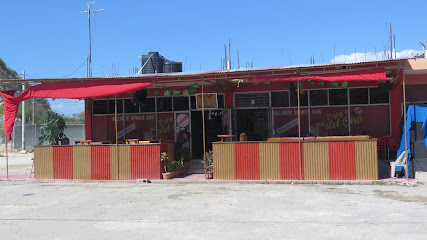
Diced Pineapple Bar and Grill
Experience the vibrant flavors of Jamaica at Diced Pineapple Bar and Grill, where every dish is a celebration of Caribbean culinary traditions.
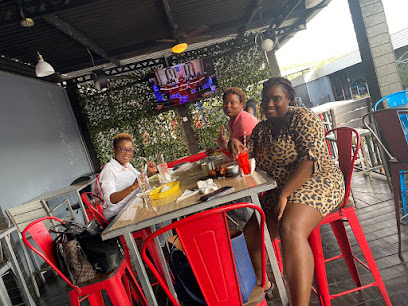
Suga's Executive Lounge
Discover the vibrant ambiance and delightful culinary offerings at Suga's Executive Lounge in Portmore, a must-visit for tourists seeking authentic Jamaican vibes.
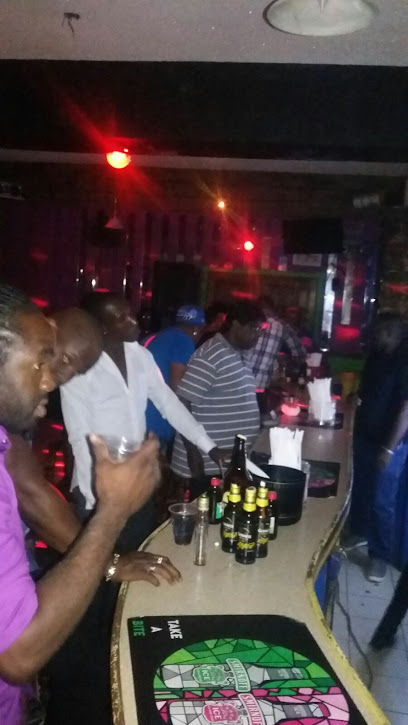
Local Phrases
-
- HelloWah gwaan
[Waah gwaan] - GoodbyeLikkle more
[Lik-kle more] - YesYah man
[Yah man] - NoNah man
[Nah man] - Please/You're welcomeSarry/Sank yuh
[Sar-ry/Sank yuh] - Thank youTank yuh
[Tank yuh] - Excuse me/SorrySarry
[Sar-ry] - How are you?How yuh stay?
[How yuh stay?] - Fine. And you?Mi deh yah. An yuh?
[Mi deh yah. An yuh?] - Do you speak English?Yuh chat English?
[Yuh chat English?] - I don't understandMi nuh undastan
[Mi nuh un-da-stan]
- HelloWah gwaan
-
- I'd like to see the menu, pleaseMi waan si di menu pliz
[Mi waan si dee menu pleez] - I don't eat meatMi nuh nyam meat
[Mi nuh nyam meat] - Cheers!Cheers!
[Cheers!] - I would like to pay, pleaseMi waan pay, pliz
[Mi waan pay, pleez]
- I'd like to see the menu, pleaseMi waan si di menu pliz
-
- Help!Help!
[Help!] - Go away!Move fram yah!
[Move fram yah!] - Call the Police!Call di Police!
[Call dee Police!] - Call a doctor!Call a dokta!
[Call a dok-ta!] - I'm lostMi lost
[Mi lost] - I'm illMi sick
[Mi sick]
- Help!Help!
-
- I'd like to buy...Mi waan buy...
[Mi waan buy...] - I'm just lookingMi jus a look
[Mi jus a look] - How much is it?A wah di price deh?
[A wah dee price deh?] - That's too expensiveDat too dear
[Dat too dear] - Can you lower the price?Yuh can drop di price?
[Yuh can drop dee price?]
- I'd like to buy...Mi waan buy...
-
- What time is it?A wah time it deh?
[A wah time it deh?] - It's one o'clockA one o'clok
[A one o'clok] - Half past (10)Haaf pas (10)
[Haaf pas (10)] - MorningMawnin
[Mawnin] - AfternoonAftanoon
[Afta-noon] - EveningEvenin
[Evenin] - YesterdayYessideh
[Yes-si-deh] - TodayToday
[Today] - TomorrowTamara
[Ta-ma-ra] - 1One
[One] - 2Two
[Two] - 3Tree
[Tree] - 4Fo'
[Fo'] - 5Fi'
[Fi'] - 6Six
[Six] - 7Seven
[Seven] - 8Eight
[Eight] - 9Nine
[Nine] - 10Ten
[Ten]
- What time is it?A wah time it deh?
-
- Where's a/the...?Whey di...
[Whey dee...] - What's the address?A wah di address deh?
[A wah dee address deh?] - Can you show me (on the map)?Yuh can show mi (pan di map)?
[Yuh can show mi (pan dee map)?] - When's the next (bus)?Wen di nex' (bus) deh?
[Wen dee nex' (bus) deh?] - A ticket (to ....)A tikkit (to ....)
[A tik-kit (to ....)]
- Where's a/the...?Whey di...
History of Portmore
-
Long before European settlers arrived, the area now known as Portmore was inhabited by the Taino people, the indigenous inhabitants of Jamaica. The Tainos were skilled farmers, fishermen, and artisans who lived in harmony with the natural environment. They left behind a rich cultural legacy that still influences Jamaican culture today.
-
In 1494, Christopher Columbus arrived in Jamaica, marking the beginning of Spanish colonization. The Spanish established settlements and brought with them new crops, livestock, and European customs. However, their presence also led to the decline of the Taino population due to diseases and harsh labor conditions.
-
In 1655, the British captured Jamaica from the Spanish, ushering in a new era of colonial rule. Portmore, like much of Jamaica, became part of the British Empire. The British established sugar plantations which relied heavily on the labor of enslaved Africans, leading to significant demographic and cultural changes in the region.
-
The abolition of slavery in 1834 brought profound changes to Portmore and the rest of Jamaica. Formerly enslaved people sought new opportunities, leading to the development of free villages and a shift in the labor market. This period also saw the rise of new cultural expressions and the strengthening of Afro-Jamaican identity.
-
In the mid-20th century, Portmore began to evolve from a rural area into a suburban community designed to alleviate overcrowding in Kingston. The government initiated housing projects, and Portmore became known as a 'dormitory community' where residents commuted to Kingston for work. This transformation led to rapid population growth and urban development.
-
In 1988, Hurricane Gilbert struck Jamaica, causing extensive damage to Portmore. The hurricane's impact was devastating, destroying homes, infrastructure, and causing widespread flooding. The recovery efforts that followed highlighted the resilience of the Portmore community and led to significant rebuilding and improvements in disaster preparedness.
-
In 2003, Portmore was officially granted municipal status, becoming the Portmore Municipality. This change allowed for greater local governance and the implementation of development projects aimed at improving infrastructure, public services, and community facilities. Today, Portmore continues to grow and modernize, balancing its historical roots with contemporary urban development.
Portmore Essentials
-
Portmore is located just west of Kingston, Jamaica's capital. The most convenient way to reach Portmore is by flying into Norman Manley International Airport (KIN) in Kingston. From the airport, you can take a taxi or rent a car to drive to Portmore, which is approximately a 30-minute drive. Alternatively, you can use shuttle services or private transfers available at the airport.
-
Portmore offers various transportation options. Taxis are readily available and are a convenient way to get around. Public minibuses and route taxis are commonly used by locals and are an affordable option, though they can be crowded. Renting a car is another option, providing flexibility and convenience for exploring the area and nearby attractions at your own pace. Be sure to drive on the left side of the road, as Jamaica follows British driving rules.
-
The official currency in Jamaica is the Jamaican Dollar (JMD). Major credit cards are accepted in most hotels, restaurants, and larger shops in Portmore. However, it is advisable to carry some cash for smaller establishments and local markets. ATMs are widely available in Portmore, but it's a good idea to inform your bank of your travel plans to avoid any issues with card usage.
-
Portmore, like many urban areas, has its share of crime. While most visits are trouble-free, it's important to stay vigilant. Avoid walking alone at night, especially in less populated areas. Notable areas with higher crime rates include Gregory Park and Naggo Head. Keep your belongings secure and be cautious when using ATMs. Stick to well-lit, busy areas and use registered taxis or reputable transportation services.
-
In case of emergency, dial 119 for police, fire, or medical assistance. Portmore has several medical facilities, including the Portmore Healthcare Complex, which can handle minor to moderate healthcare needs. It is advisable to have comprehensive travel insurance that covers medical emergencies and evacuation. For minor health issues, pharmacies are available throughout the city.
-
Fashion: Do dress casually and comfortably, but avoid overly revealing clothing, especially when visiting religious sites. Religion: Do respect local customs and traditions. Show reverence in places of worship by dressing modestly and behaving respectfully. Public Transport: Do use registered taxis and be cautious on public minibuses. Avoid taking buses late at night. Greetings: Do greet people with a smile and a friendly 'hello.' Jamaicans are generally warm and welcoming. Eating & Drinking: Do try local cuisine and street food, but make sure it’s from a clean and reputable vendor. Don’t drink tap water; opt for bottled water instead.
-
To experience Portmore like a local, visit the Hellshire Beach for its famous fried fish and festival. Engage with locals at the Portmore Mall where you can shop for authentic Jamaican goods. Attend a local football match to feel the vibrant community spirit. Don’t miss the Caymanas Park for horse racing, a popular local pastime. Interacting with locals can provide unique insights into the culture and history of the area.
Trending Landmark in Portmore
Nearby Cities to Portmore
-
Things To Do in Port Antonio
-
Things To Do in Ocho Rios
-
Things To Do in Runaway Bay
-
Things To Do in Treasure Beach
-
Things To Do in Black River
-
Things To Do in Montego Bay
-
Things To Do in Savanna-la-Mar
-
Things To Do in Negril
-
Things To Do in Jérémie
-
Things To Do in Les Cayes
-
Things To Do in Saint-Marc
-
Things To Do in Jacmel
-
Things To Do in Gonaïves
-
Things To Do in Port-au-Prince
-
Things To Do in Petionville

